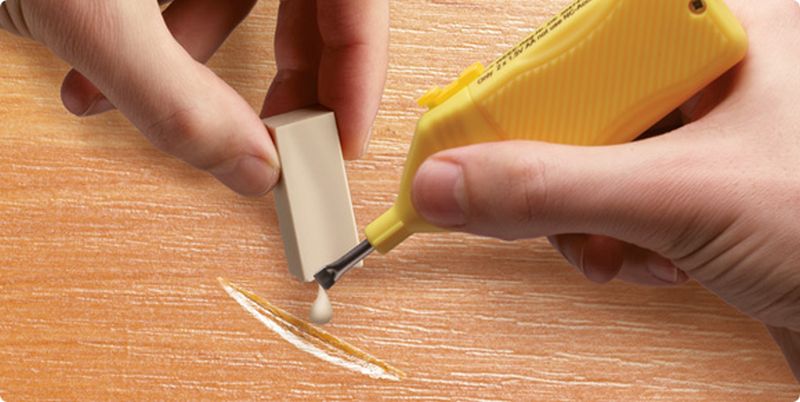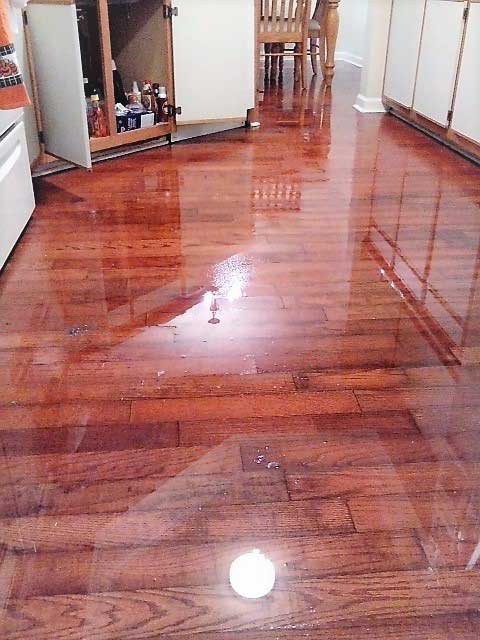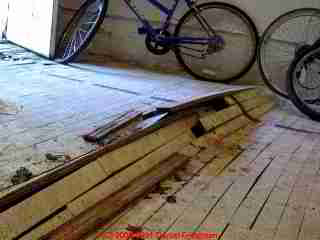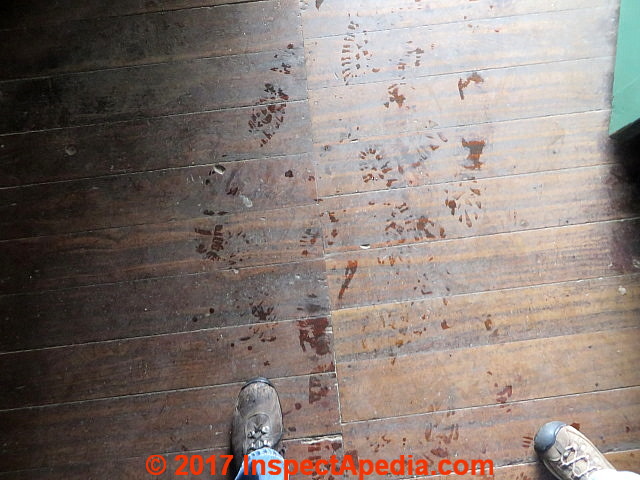Wood floors have returned to acceptance with a vengeance. There are wood flooring types that are attached to the sub flooring beneath it. Nonetheless, wooden flooring is currently getting to be much more popular because of the reason that engineered wood flooring created the choice both more efficient and a lot less costly so that it's the ideal method for every home.
Wood Floor Damage Repair

This means that your floor finish when site applied is less difficult to sand and refinish compared to a prefinished floor. Nowadays, wood flooring is planks from old barns, exotic woods, pre-finished engineered wood strips which get rid of the dust as well as disruption of completing on website. Assuming you have consistently longed for hardwood floors, you're in fine company.
Repair Water Damaged Hardwood Floors

100 years back, hardwood floors happened to be, for the most part, the sole flooring style attainable for the public. Apart from creating a new sort of finish to give it more protection, there is not a lot of that can be accomplished to change its profile. A feeling of history from a point in time when working with solid wood flooring was how a home was built.
How To Repair Damage In Your Wooden Floor? » ESB Flooring

Causes Of Wood Floor Damage And What You Can Do About It

How To Fix Laminate Floors That Have Water Damage – YouTube

Hardwood Floors Water Damage Repair BOSS Disaster Restoration, Inc.

Wood floor types, damage, diagnosis & repair damaged wood floors

Repairs to Damaged Floors Dustless Hardwood Floors

Laminate Flooring Water Damage – Get in The Trailer

How To Restore Damaged Oak Floors THE HANDYMAN – YouTube

Wood floor types, damage, diagnosis & repair damaged wood floors

Kitchen sink cabinet bottom wood floor replacement with Tile Floor after Water Damage part 1

Repairing Water Damage on an Engineered Hardwood Floor? ThriftyFun

How to recover wooden floors damaged by wear – YouTube

Replacing a sink base cabinet bottom floor after water leak damage – YouTube #waterdamage

Related Posts: